Rearrange the country
The Central working delegation led by General Secretary To Lam worked with the Standing Committee of the Party Committee of Xuan Hoa Ward, Ho Chi Minh City on the afternoon of June 29.
The General Secretary noted: Ward-level administrative units must now have a different mindset from the previous ward-level. If in the past they focused on administration and management, now they must shift to creating and serving the people. Anything within the ward that people need or are facing difficulties with must be focused on solving immediately, without delay. Any issue beyond their authority must be promptly reported to Ho Chi Minh City.
From July 1, District 3 officially closed the 50-year historical journey of construction and development, and opened a new page of history for three wards: Ban Co, Xuan Hoa and Nhieu Loc.
Xuan Hoa Ward is an important area for political security, order and social safety, with the concentration of most of the headquarters of important agencies of the Central Government and the city, as well as the headquarters of consulates general of major countries such as the People's Republic of China, the Russian Federation, Japan...; religious establishments such as the Saigon Archdiocese, Vinh Nghiem Pagoda...
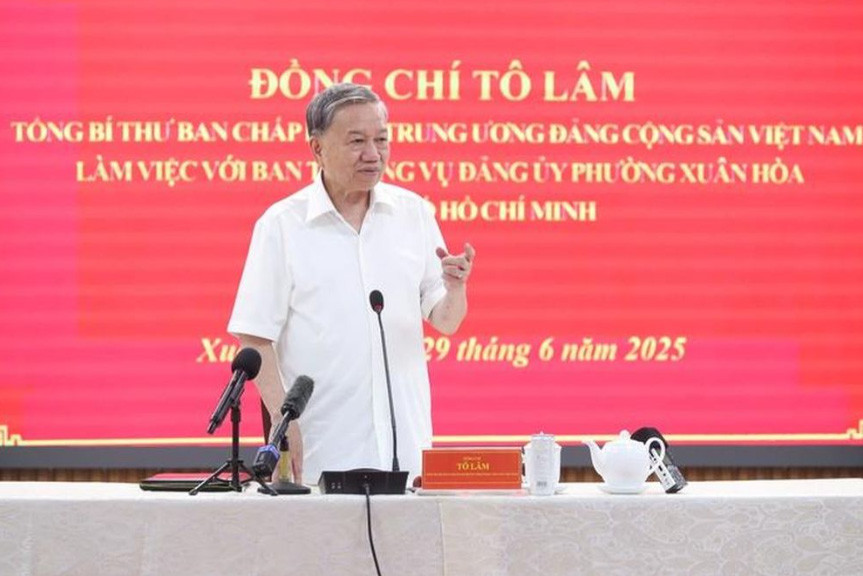
The Central working delegation led by General Secretary To Lam worked with the Standing Committee of the Party Committee of Xuan Hoa Ward, Ho Chi Minh City on the afternoon of June 29. Photo: NLĐ
General Secretary To Lam's field trip is to prepare for the historic moment on July 1.
At that time, Ho Chi Minh City will merge with Binh Duong and Ba Ria – Vung Tau provinces, still keeping the name Ho Chi Minh City. The new city will have an area of over 6,772 km², a population of over 14 million people and 168 commune-level administrative units. At the national level, Vietnam will officially have only 34 provinces (instead of 63), reducing from 10,035 communes to 3,321 communes and abolishing the district administrative level.
To carry out this transition, the National Assembly amended the Constitution, the Law on Organization of Local Government, and the Law on Organization of the Government; the Government also issued a series of decrees, of which 28 were decrees on decentralization and delegation of power, and nearly 40 were accompanying decrees.
This is a “reorganization of the country”, as General Secretary To Lam said. The three-tiered government structure – central, provincial/municipal and communal/ward – will help Vietnam approach the model currently applied in about 80% of countries in the world.
This is not just a change in administrative organization, but a comprehensive institutional revolution, demonstrating profound innovative thinking, strong political determination and strategic vision of the Party and State.
The arrangement creates a larger economic space, connecting economic regions, promoting the strengths of each locality to prepare for an era of growth. Most of the provinces and cities after the merger have a population of about 2-3 million people, large economies, and a combination of mountainous, plain, coastal areas... These factors will help the localities become strong economic regions with real potential.
In particular, some outstanding economic spaces can be compared to the region, such as the new Ho Chi Minh City after merging Binh Duong (industrial center) and Ba Ria - Vung Tau (industrial and tourism center).
There have been many solutions to promote the economy, growth and economic restructuring along with the arrangement of the apparatus, such as: economic infrastructure development, science and technology, digital transformation, high-speed railway, nuclear energy, financial centers...
Unity is the key
Dr. Tran Khac Tam, Chairman of the Soc Trang Province Business Association, Vice Chairman of the Mekong Delta Business Association Council, warned on VietNamNet: The big challenge is how to reconcile, create a unified entity, a smoothly operating apparatus for the common goal, and not become unhealthy competition between localities. There needs to be a mechanism to promote truly capable officials, regardless of locality, "your people or my people".
This situation was also pointed out by General Secretary To Lam in the article “The strength of solidarity in the revolution of streamlining the apparatus”. He said that in the process of arranging and reorganizing the apparatus, if there is a lack of solidarity, many challenges and risks of division will arise. First of all, there is concern among the staff – when merging, some people will lose their positions or have to change jobs. If there is no clear and reasonable policy for the affected staff, it is easy to give rise to negative psychology, a state of “not being on the same page”, causing internal disunity.
In addition, local sentiment is also a noteworthy issue. Everyone has feelings and pride for their hometown, the place they used to be attached to. When merging localities, concerns about the new name, headquarters location or personnel allocation can easily lead to comparisons of pros and cons, hindering the merger process.
The merger of mountainous provinces with plains provinces, of “rich” provinces with “poor” provinces, requires the leadership team to be impartial and have a vision to ensure the balance of resources and harmonize development interests. If there is a lack of fairness in allocation, it can easily lead to regional inequality and cause a rift in solidarity.

The merger between mountainous provinces and plains, between “rich” provinces and “poor” provinces, requires the leadership team to be impartial and have vision. Photo: Hoang Ha
The dual-subordinate model is outdated.
Since 1945, Vietnam has applied the dual subordination model – a characteristic of former socialist countries. Accordingly, the apparatus has four levels of government: central, provincial/municipal, district/county, and commune/ward. Local agencies are both under vertical direction from the central government and under administrative management of the same-level locality.
Each level has enough Party, government, Fatherland Front and socio-political organizations. This model helps unify the command, but at the same time makes the apparatus cumbersome, hierarchical and overlapping.
For example, an investment project may have to go through a series of agencies: departments, People's Committees, People's Councils at all levels, then continue through ministries and the Government. Overlapping and entanglement makes the decision-making process lengthy, administrative costs high, many contacts but ineffective.
Currently, there are only a few countries in the world that maintain the dual-subordination model, including Vietnam.
The creation and service apparatus
General Secretary To Lam said that according to international surveys, about 80% of countries apply a three-tier government model. With the central - provincial/municipal - commune/ward model, Vietnam is reorganizing its administrative apparatus in this direction.
According to him, the commune level will become “the most important level of government” because it is the place closest to the people, directly implementing policies and guidelines. If the commune level is weak, policies will not be put into practice. On the contrary, if given real power, the commune level will be the foundation for an effective apparatus.
The grassroots model close to the people will shift from the state of "obedience - command" to "autonomy - self-management", from "control" to "service" - that is the core spirit of the new model.
The reform will eliminate the intermediate level (district), transfer more than 100 district-level tasks to the province and nearly 600 tasks to the commune. This means delegating more power to the grassroots, streamlining the payroll, reducing budget expenditures and improving operational efficiency.
As Prime Minister Pham Minh Chinh emphasized: this is a “revolution” in organizational structure and management thinking. The government no longer waits for people to knock on its door, but must proactively go to the grassroots, listen, and solve the difficulties of people and businesses at the root – and most importantly, get things done.
This is the transformation from “administrative management” to “creative and service management” – a modern concept in state management, in which the State is not the controller, but the companion and promoter of community development.
The three-tier government model is a groundbreaking, comprehensive and constructive step. This reform is not just about rearranging boundaries or organizational structures, but about re-establishing the relationship between the State and the people, between the central and local levels, and between the State and the market.
The success of this model requires a spirit of innovation, social consensus and, above all, decisive action. Only when the apparatus is streamlined and efficient, with cadres close to the people, can we serve the people better, and help the country develop faster, stronger and more sustainably.
Vietnamnet.vn
Source: https://vietnamnet.vn/trang-moi-cho-viet-nam-2416511.html



![[Photo] National Assembly Chairman visits Vi Thuy Commune Public Administration Service Center](https://vphoto.vietnam.vn/thumb/1200x675/vietnam/resource/IMAGE/2025/7/1/d170a5e8cb374ebcae8bf6f7047372b9)


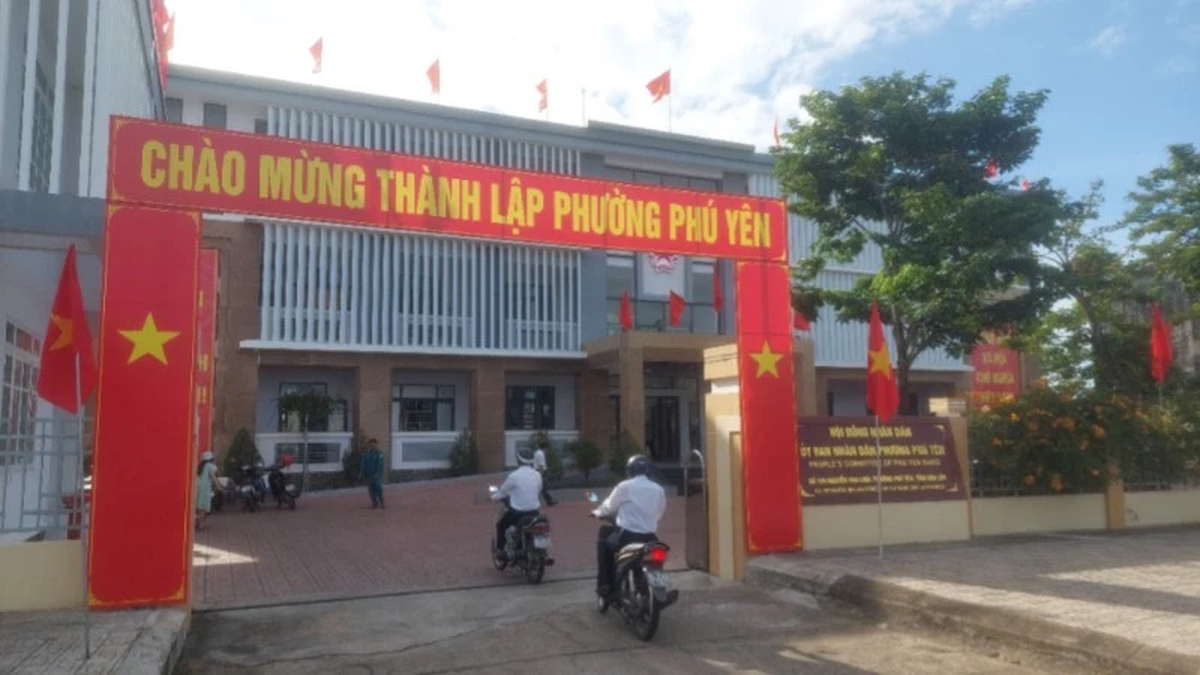

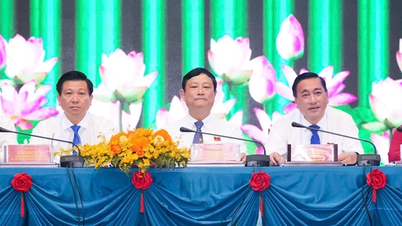

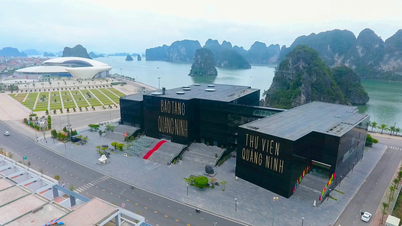

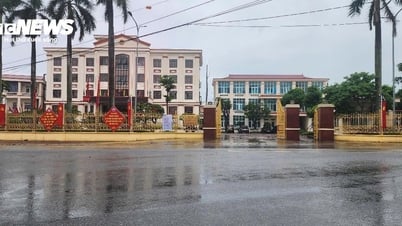

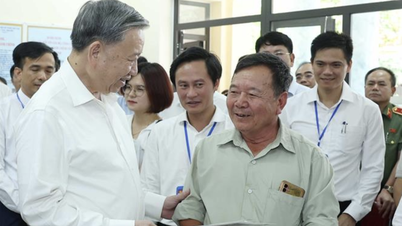






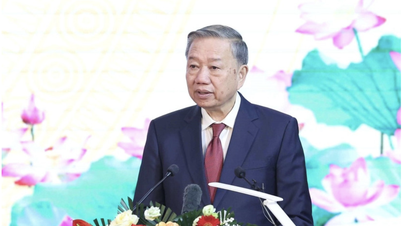

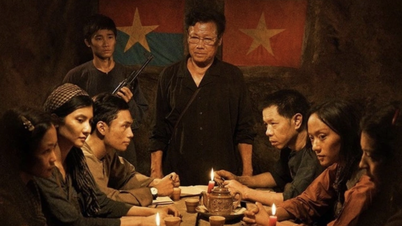

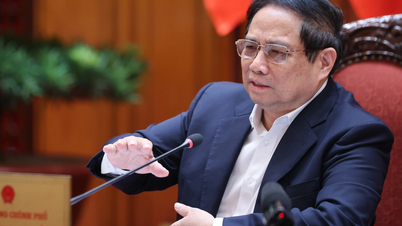
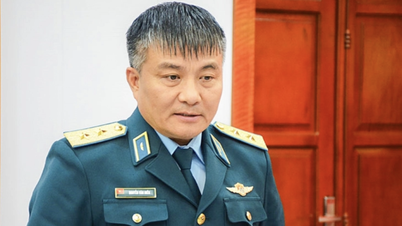




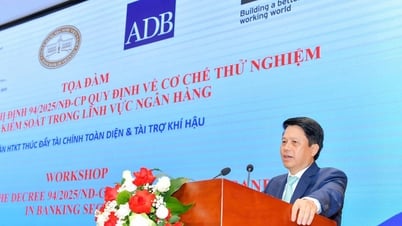





![[Photo] Standing member of the Secretariat Tran Cam Tu chaired a meeting with Party committees, offices, Party committees, agencies and Central organizations.](https://vphoto.vietnam.vn/thumb/1200x675/vietnam/resource/IMAGE/2025/7/1/b8922706fa384bbdadd4513b68879951)
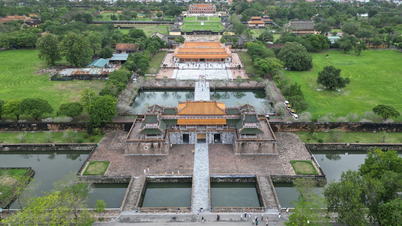



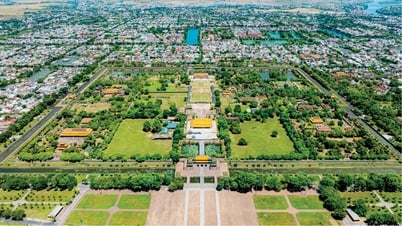



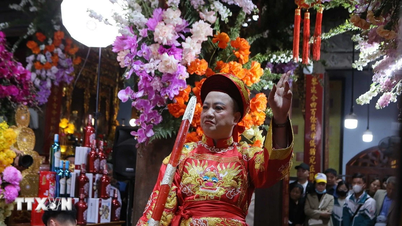
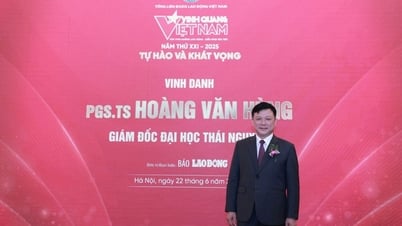













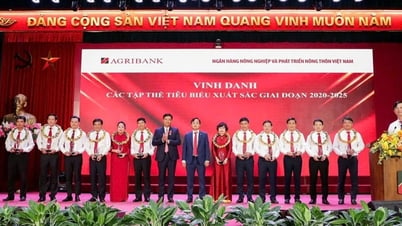


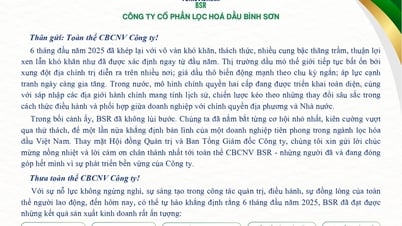

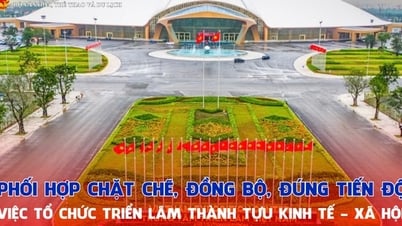

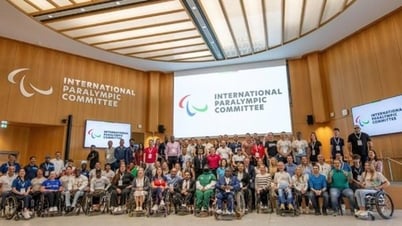
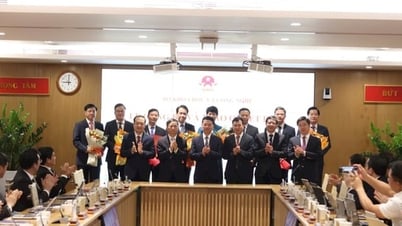



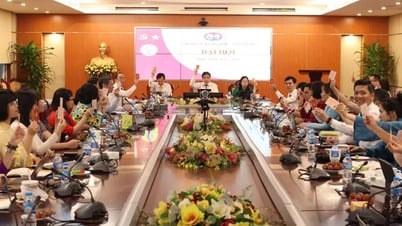
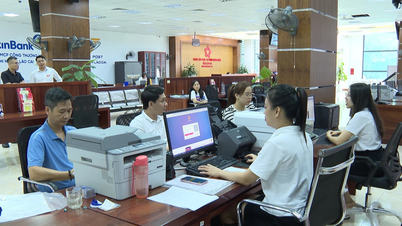





![[Photo] First day of handling public administrative procedures...](https://vphoto.vietnam.vn/thumb/402x226/vietnam/resource/IMAGE/2025/7/1/13186686eb8b47e3a0fd8e421d937f98)

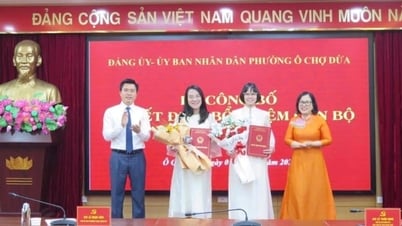
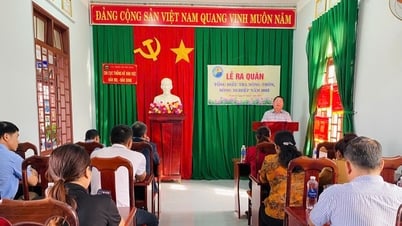











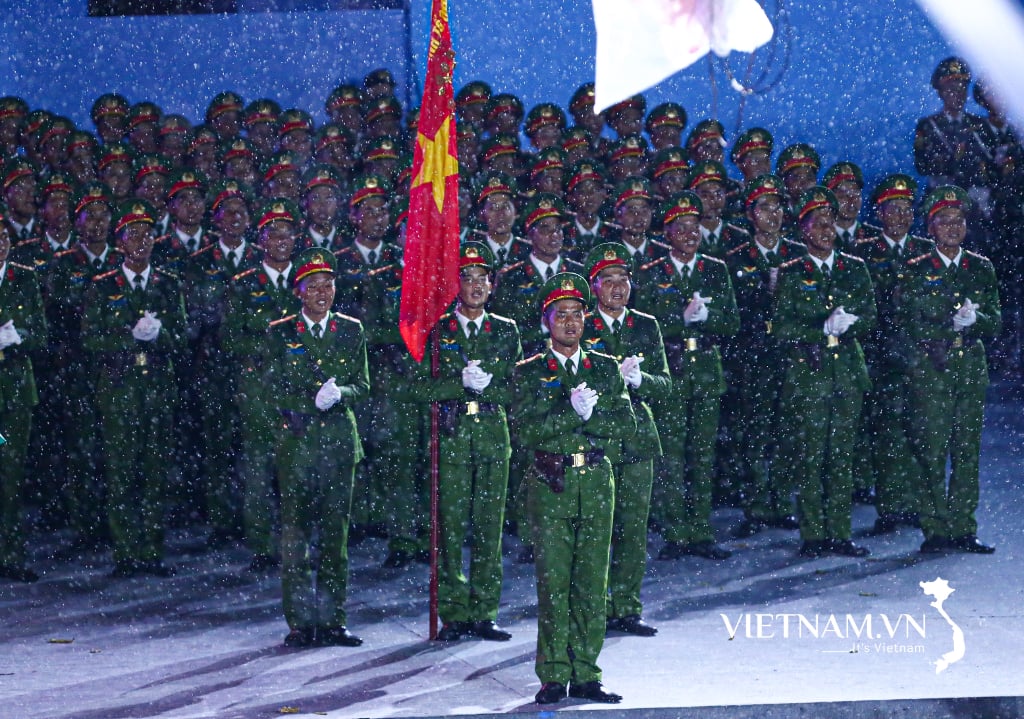

Comment (0)